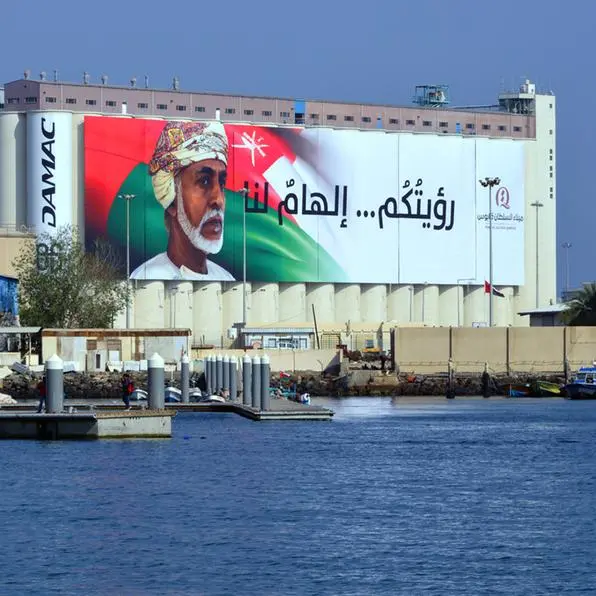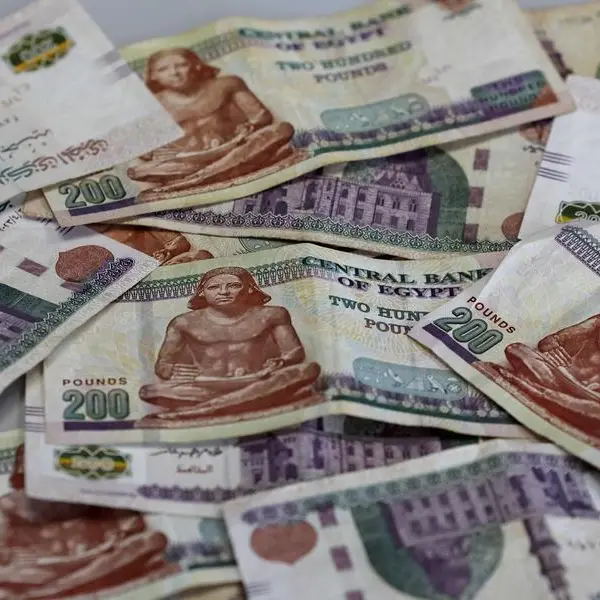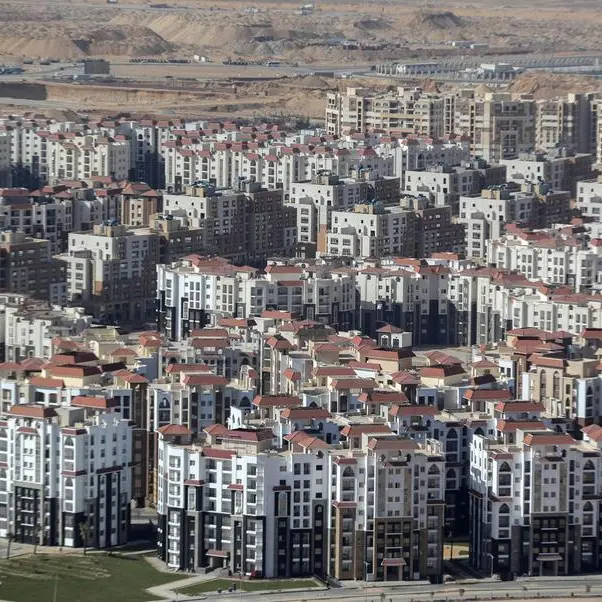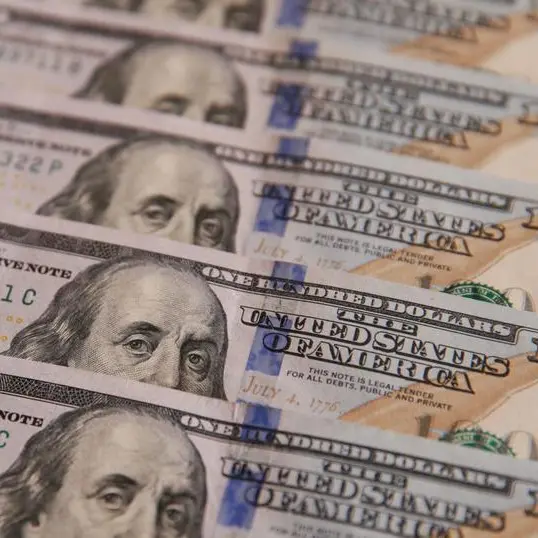PHOTO
Islamic finance, which has been forecast to reach $3.69 trillion by 2024 globally in terms of assets, will continue to expand on multiple fronts on the back of supportive government policies, strong product demand, and deeper market penetration despite pandemic challenges.
All the three pillars of Islamic finance — Islamic banking, Sukuk and Takaful — are on track to sustain the growth trends with their penetration getting stronger across all key markets, in particular, the GCC.
Moody's Investors Service said in a newly published report that mergers between Islamic and conventional banks in the GCC could also drive one-off increases in assets. Saudi Arabia will remain the world's largest Islamic banking market, while the sector will continue to expand in Malaysia. Oman and Turkey will also continue to grow rapidly in Islamic banking.
"We expect Islamic finance to continue rising in 2021 and beyond, maintaining its now long-established growth trend. The industry generally remains underrepresented in countries with large Muslim populations, providing ample room to expand," said Ashraf Madani, a Moody's vice president and senior analyst.
Penetration in the core Islamic financial markets of the GCC, Malaysia, Indonesia and Turkey rose to 32.8 per cent in September 2020, from 31.4 per cent in 2019 and 25.5 per cent in 2013, said the rating agency.
"We forecast global Sukuk issuance will stabilise in 2021 to around $190 billion-$200 billion, following record issuance of nearly $205 billion in 2020," said Madani.
GCC sovereigns will increasingly turn to Sukuk issuance given high financing needs due to moderate oil prices and wide fiscal deficits. Corporate issuance, however, will remain limited because of more attractive conventional market opportunities, while new financial institutions will boost Sukuk issuance in the sector, said Moody’s
The rating agency expects the takaful (insurance) market to expand steadily as premiums rise moderately in the next 2-3 years in newly penetrated markets. Conducive digitisation and regulatory improvements will also help to lift growth.
According to the Islamic Finance Development Report 2020, global Islamic finance assets increased in value by 14 per cent year-on-year to $2.88 trillion in 2019, the highest recorded growth for the industry since the global financial crisis.
The Islamic finance assets of the GCC reached $1.2 trillion last year, followed by the Middle East and North Africa, excluding the GCC, which was valued at $755 billion, and Southeast Asia at $685 billion, the report said.
The Islamic banking sector contributes the bulk of global Islamic finance assets. The sector grew 14 per cent in 2019 to $1.99 trillion in global assets. This compares with just 1 percent growth in 2018 and average annual growth of 5.0 per cent over the years 2015 to 2018.
Meanwhile, growth in global Islamic funds under management will continue at a likely annual rate of 4-5 per cent in 2021-2022, boosted by the growth of Shariah capital markets and resilient demand for Shariah-compliant investments.
Copyright © 2021 Khaleej Times. All Rights Reserved. Provided by SyndiGate Media Inc. (Syndigate.info).























